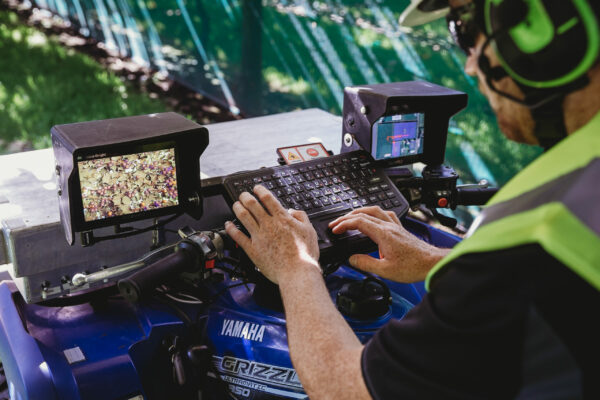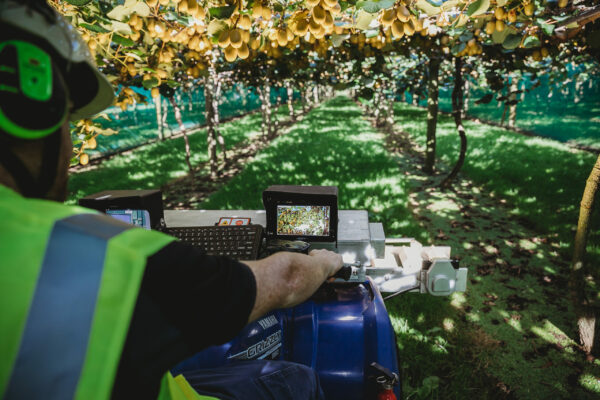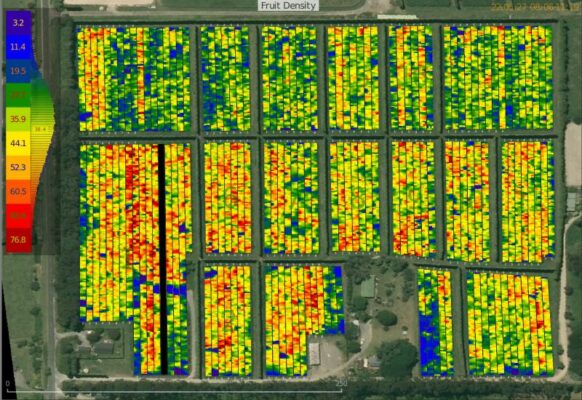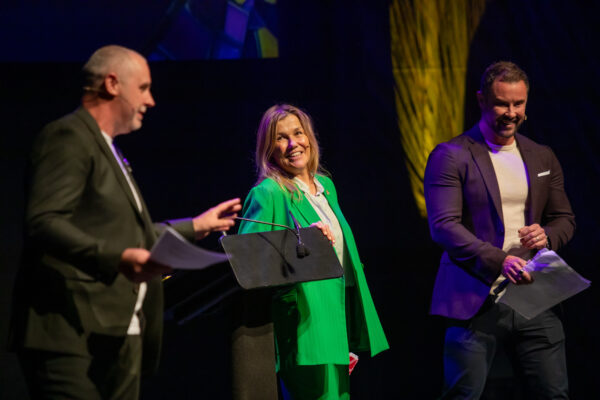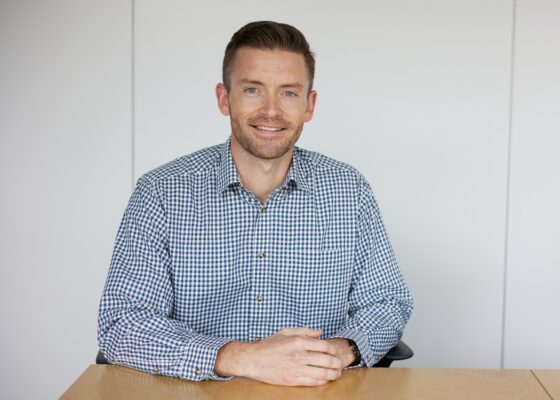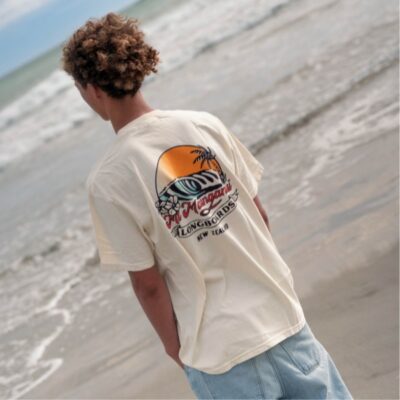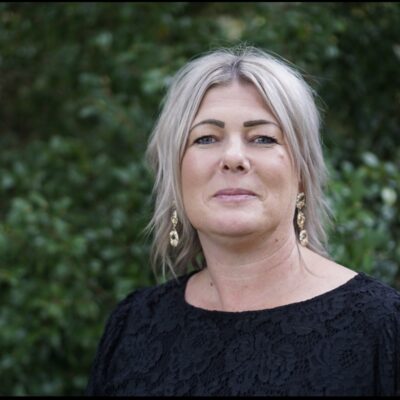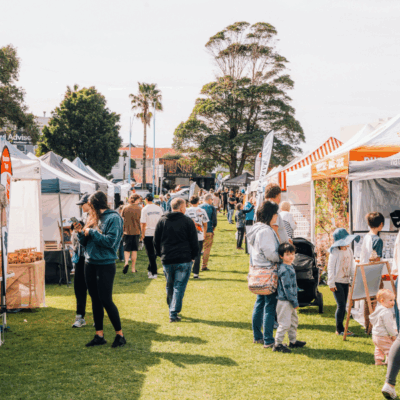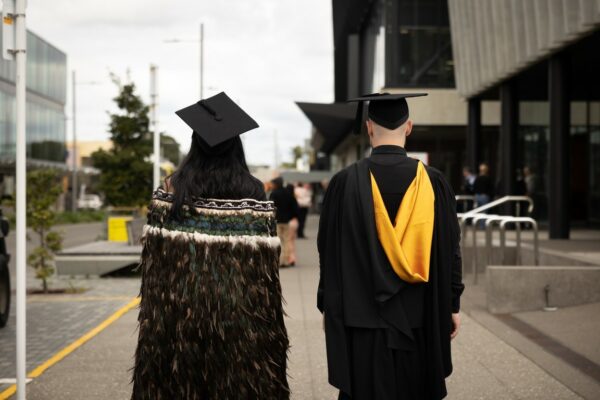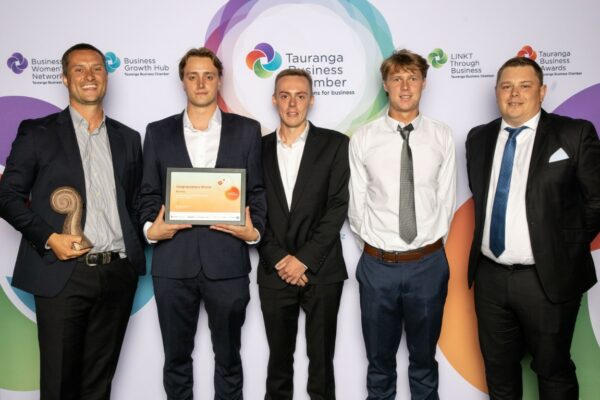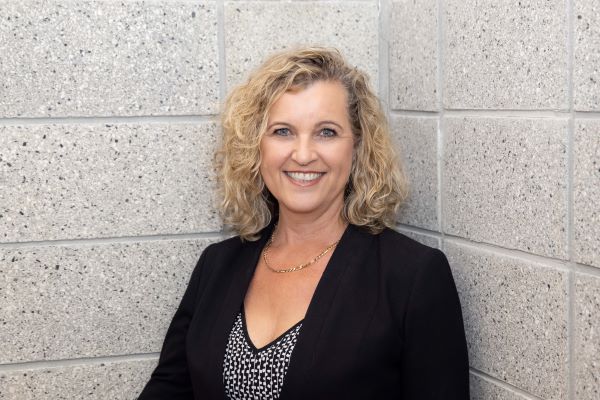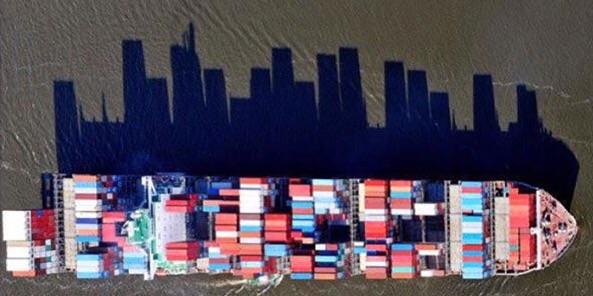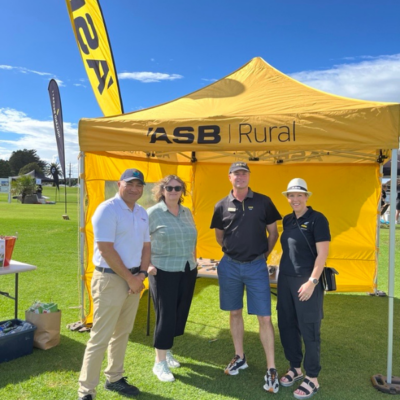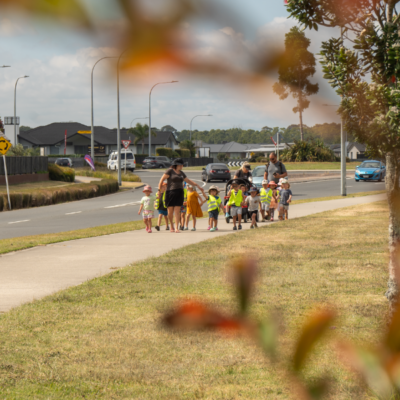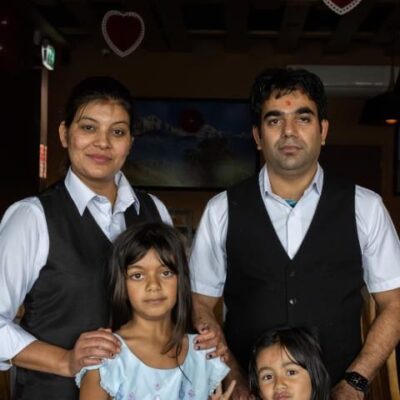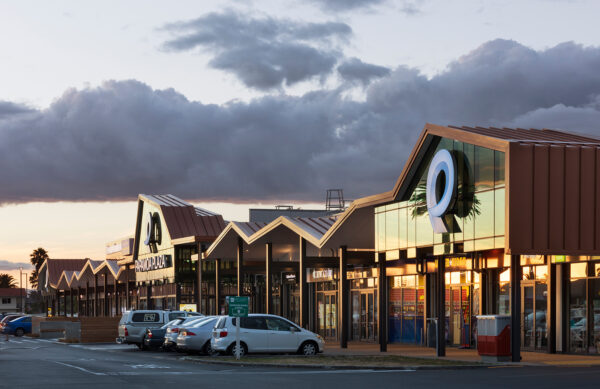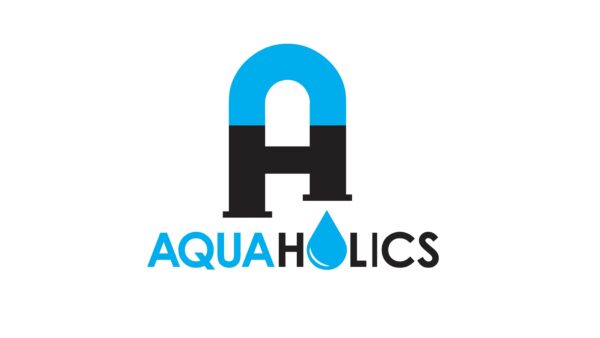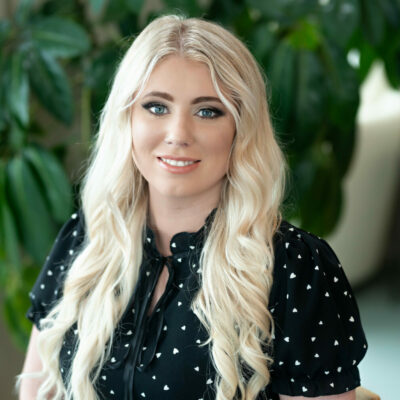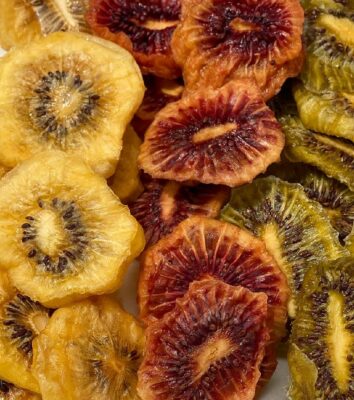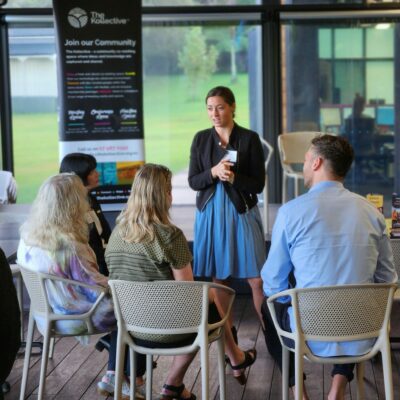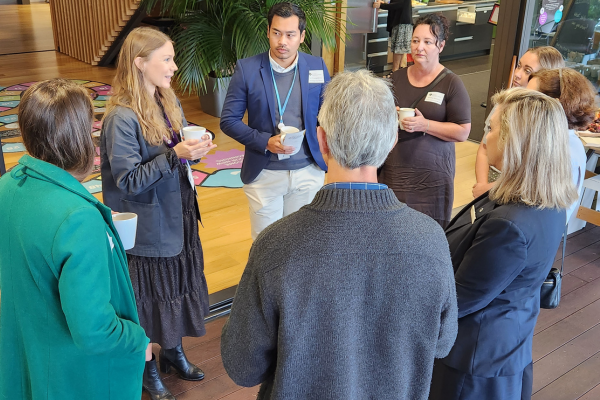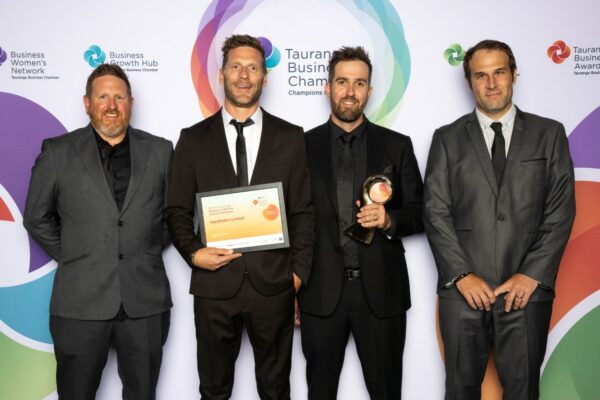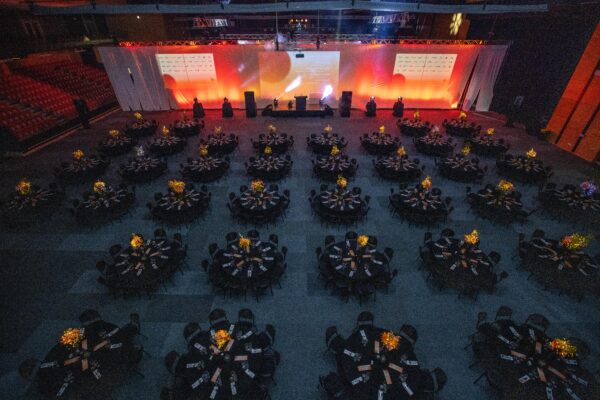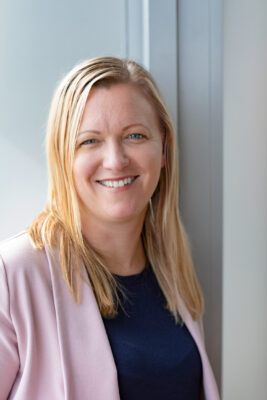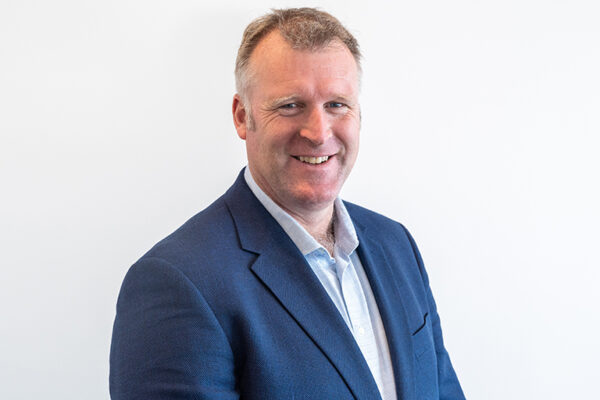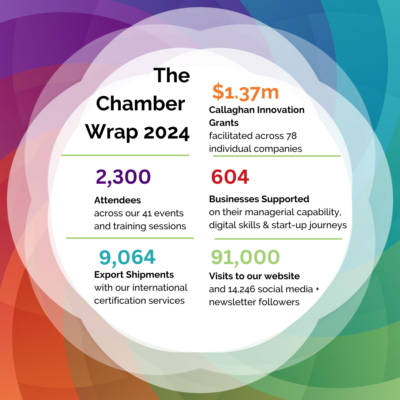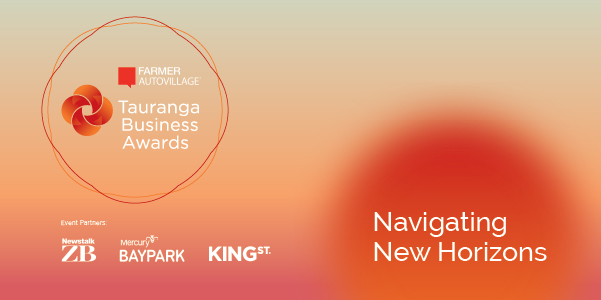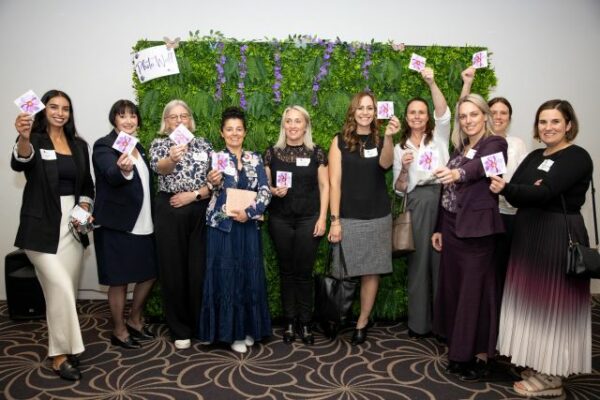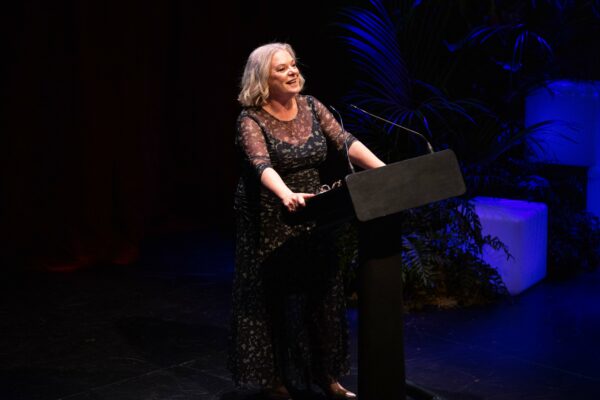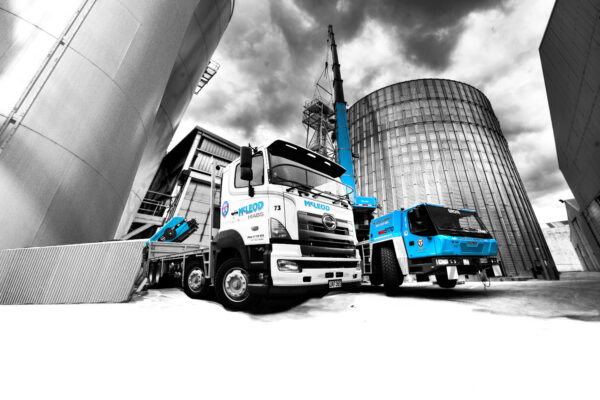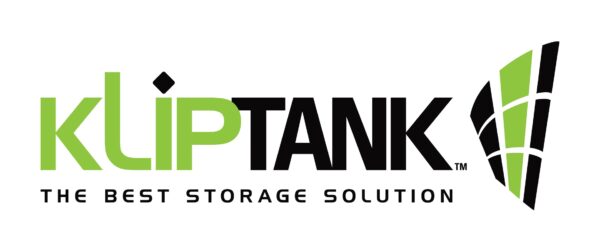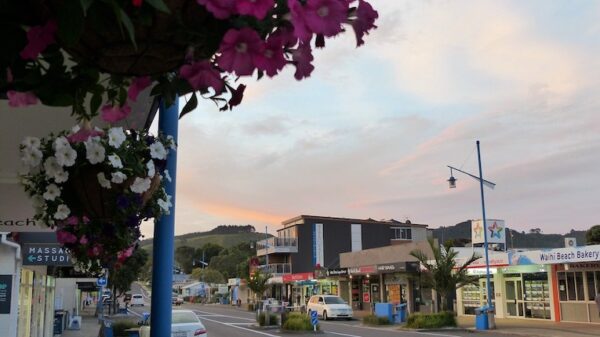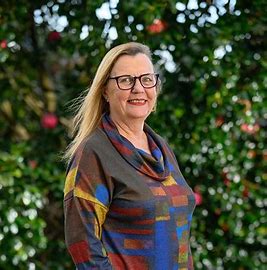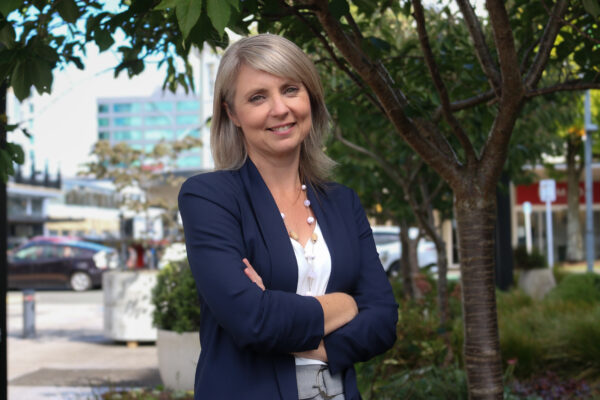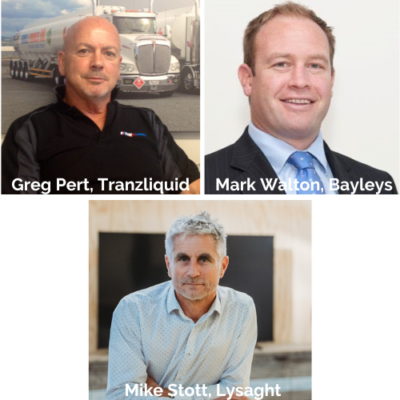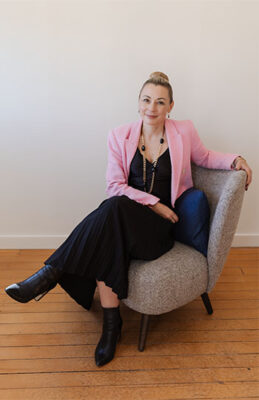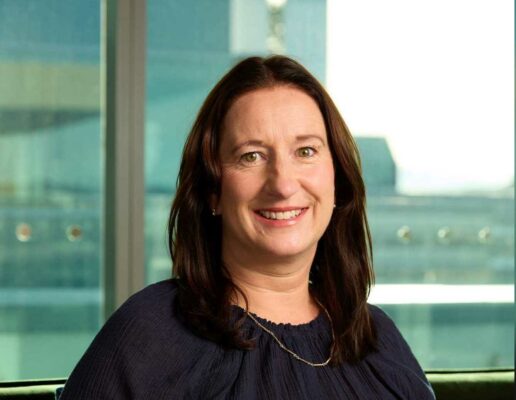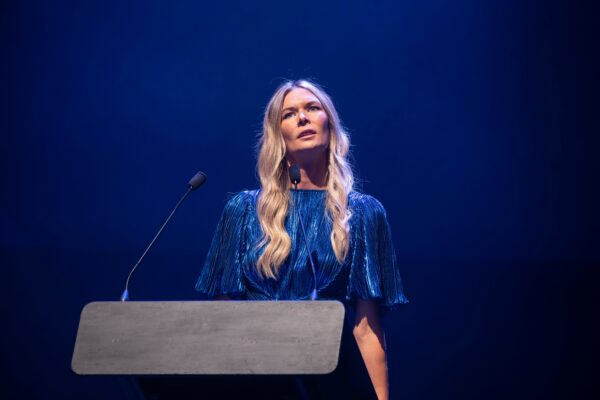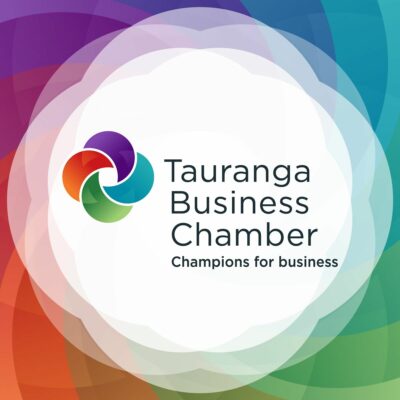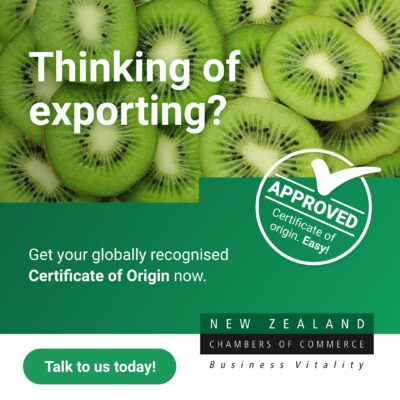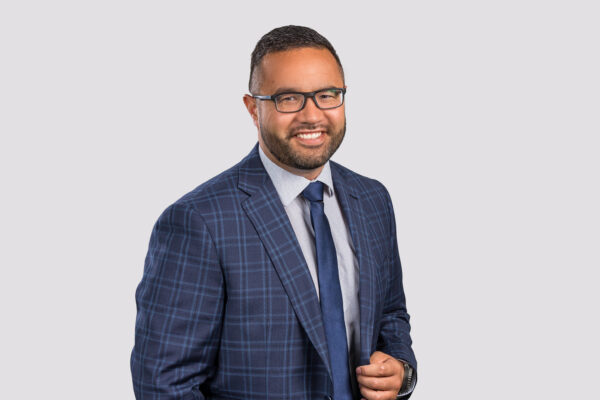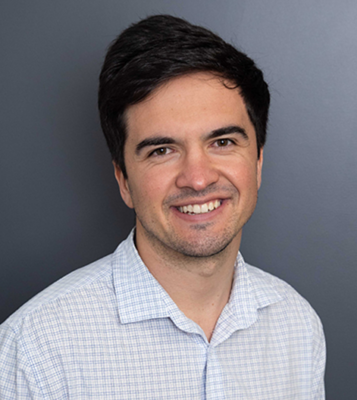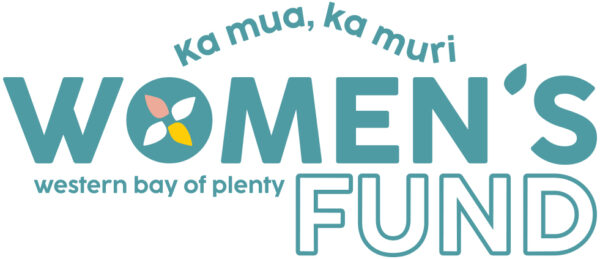Fruitometry is changing the kiwifruit industry by using unique AI for fast and precise orchard scanning. By implementing this technology, orchard owners and managers have visibility of their crops and gather information to improve yields, reduce labour costs, and make better decisions around crop management.
And with approximately 2800 kiwifruit growers and 3200 registered orchards in New Zealand, there’s huge potential to build efficiencies and productivity in the kiwifruit industry.
The AI alternative to a manual process
In 2018, Chris Miller, founder and CTO of Fruitometry, used his vision technology and AI expertise to develop the Fruitometry Digital Crop Estimation (DCE) technology, a system to count kiwifruit as an alternative to the labour-intensive manual process. Joining him was Mike Ullrich, director and co-founder, who has over 25 years of experience leading high-growth global tech companies. The company has investment from Seeka and was the recipient of a Callaghan Innovation project grant.
“Fruit growers have relied on manual counts forever,” says Chris Miller. “There was no alternative until Fruitometry offered our revolutionary service to the domestic kiwifruit market in 2019.”
He says that the primary barrier to adopting technology is a conservative mindset, with growers and managers tending to wait for others to find success with new tech before they will adopt it themselves. As Fruitometry offers radically new technology, it can present a chicken-and-egg dilemma, says Chris, so there is a focus on the value the technology brings to potential customers.
“Our service fee is an investment that offers a substantial rate-of-return for growers to reduce their field costs, optimise their crop load, and improve their overall returns.”
And while Fruitometry absolutely relies on AI, in the domestic market Chris says it’s the results that count, rather than a focus on the tech. “Orchard owners and managers care about their return from the dollars they spend, not the latest and greatest buzzwords.”
Better decisions, better outcomes for orchards and their owners
Fruitometry provides growers and managers with insights to make earlier decisions in their crop management. Within 24 hours of an orchard scan, the system generates a heatmap of the current fruit density per square metre for every row of an orchard. Scans can be done at all stages of the kiwifruit lifecycle. Scans measure winter buds to provide a check on the quality of winter pruning, shoots to assess bud burst rate for number management, flower buds to identify heavier loaded zones to inform a thinning strategy, fruitlets to help plan for thinning and to understand fruit variation across an orchard, and fruit to inform final thinning and estimate the harvest.
Field Units, mounted on quad bikes and ATVs, capture crop density information and orchard characteristics via a range of cameras and sensors. Data collected includes topographical data such as longitude, latitude, and altitude, and 3D image capture from multiple camera angles. For each scan thousands of photos are taken, then processed in real time using AI deep learning engine to identify buds, shoots, flowers, fruit, and canopy characteristics. To do this, Fruitometry uses an in-house processing cluster, rather than relying on slow and expensive cloud-based processing and storage services.
Since 2020 Fruitometry has scanned over 3000 hectares of kiwifruit, detected 1.2 billion kiwifruit features, and processed 65 million commercial kiwifruit images. 2023 harvest accuracy results gathered in May were 96.1% on the first set of 21 data points.
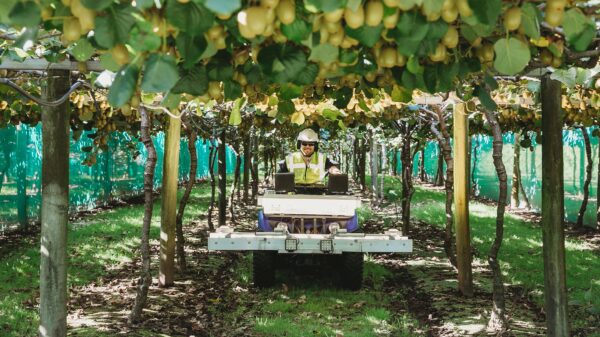
Making a difference in the kiwifruit industry
Fruitometry provides growers and orchard managers with a full coverage view of how their crop is performing, from winter buds right through to fruit, says Chris. Growers can understand where pruning or thinning work was not completed to expectations, plan canopy management based on crop load, and get an early indication of yield based on fruit estimates. Growers have also used Fruitometry density maps for other purposes, such as due diligence in buying or selling orchards and understanding the impact of adverse weather events.
The benefits of Fruitometry are not limited to the orchards—they also extend to the supply chain. Growers can give accurate pre-harvest fruit estimates to post-harvest operators which enables packhouses and contractors to allocate the correct number of bins, trucks, and forklift operators for harvest day. They are also able to manage the size of the picking crew for optimal productivity.
Agritech innovation gains support
The Fruitometry team and product gained acclaim this year as a finalist in the 2023 NZ Hi-Tech Awards. “It was recognition of our commercial progress to date while we strive to stay at the forefront of innovation and develop our technology,” says Rose-Anna Feist of Fruitometry. “It’s a testament to the hard work and dedication of our founders and our small team.”
As a Tauranga Business Chamber member, the Fruitometry team is looking forward to gaining support through resources as it grows, as well as networking with the wider Tauranga business community.
